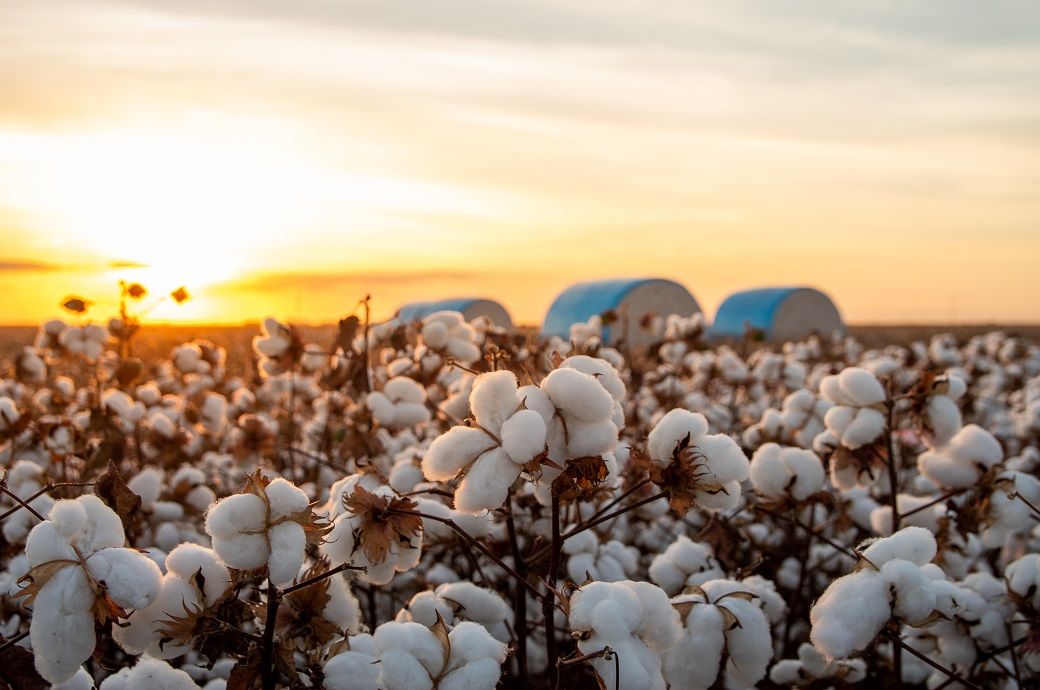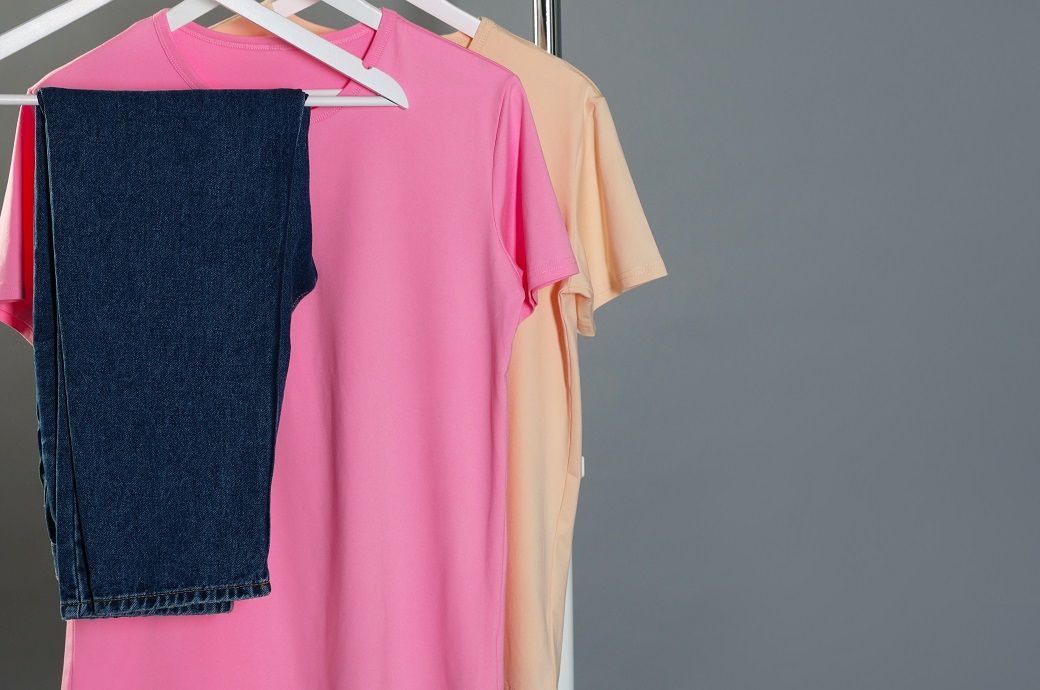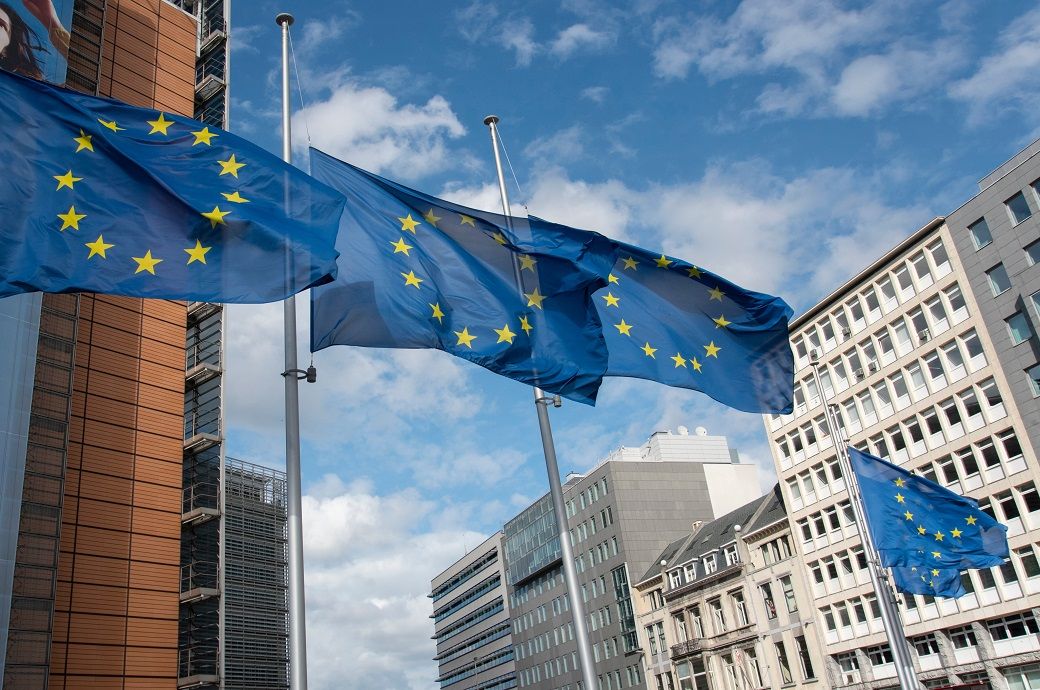Fashion
ICE cotton steady on strong US weekly export sales report

ICE March 2026 cotton futures settled at 63.74 cents per pound, down just 0.04 cent. Other contracts, including December 2025 and the March, May and July 2026 positions, also recorded losses. The December 2025 contract closed at 61.68 cents, down 62 points, after touching an intraday low of 61.24 cents. Price movements in other contracts varied between 5 points higher and 13 points lower.
ICE cotton futures remained largely stable, supported by a strong US weekly export sales report released after a shutdown-related delay.
March 2026 futures closed slightly lower at 63.74 cents, while December 2025 guided the curve with reduced trading volumes.
Net sales of 207,200 bales confirmed healthy demand.
Analysts expect prices to hold and possibly move toward 67 cents.
Market activity slowed, with volume dropping to 35,679 contracts, the lowest in four weeks, compared with 49,131 contracts in the previous session. The market is also approaching the first notice period for December, and this contract continues to influence the overall forward curve, according to traders.
ICE reported that deliverable No. 2 certified stocks were unchanged at 20,344 bales as of November 19.
The US weekly export sales report for the week ending October 2 (released November 21) confirmed strong demand. Net sales totalled 207,200 bales, comprising 199,000 bales of Upland cotton and 8,200 bales of Pima cotton. Shipments were reported at 165,000 bales, including 157,700 bales of Upland and 7,300 bales of Pima. Season-to-date (2025–26) commitments reached 4,537,100 bales, with 1,257,900 bales shipped so far.
Market analysts noted that this was the first weekly export sales report released in several weeks and the figures confirmed healthy demand. They added that cotton futures are likely to hold steady at current levels and could move toward the 67-cent range if strong demand persists.
The USDA had suspended the report during the 43-day US government shutdown, adding to market uncertainty in recent weeks.
Earlier in November, the USDA raised its cotton export estimate by 200,000 bales, increasing the total to 12.2 million bales in its WASDE update.
Other commodity markets were mixed, with CBOT soybean futures closing lower amid concerns over global demand.
Overall, government cotton updates continue to provide clarity but have not yet reversed the broader downward trend. Traders noted that bulls will need a clear and sustained demand boost—policy-driven or market-led—to trigger a meaningful price rebound.
This morning (Indian Standard Time), ICE cotton for December 2025 was trading at 61.94 cents per pound (up 0.26 cent), cash cotton at 61.74 cents (down 0.04 cent), March 2026 at 63.68 cents (down 0.06 cent), May 2026 at 64.93 cents (down 0.07 cent), July 2026 at 66.05 cents (down 0.06 cent), and October 2026 at 67.15 cents (up 0.04 cent). Some contracts remained unchanged, with no trades recorded so far today.
Fibre2Fashion News Desk (KUL)
Fashion
Finland’s Amer Sports’ Q3 revenue jumps 30% on strong regional growth

Amer Sports has delivered a strong Q3 and 9M 2025, with Q3 revenue up 30 per cent to $1,756 million and broad-based regional and channel growth.
Margins improved sharply, while net income rose 156 per cent to $143 million.
9M revenue grew 26 per cent, with net income reaching $306.9 million.
Strong Salomon and Arc’teryx momentum led the company to raise its full-year revenue, margin and EPS outlook.
Source link
Fashion
Hungary’s apparel imports fall as Europe remains dominant supplier

According to *fashion.com/market-intelligence/texpro-textile-and-apparel/” target=”_blank”>sourcing intelligence tool TexPro, Europe supplied $***.*** million, accounting for **.** per cent of Hungary’s total apparel imports during January–August ****. This deep reliance on the region mirrors the broader shift across Central and Eastern Europe, where retailers and importers increasingly prioritise shorter lead times, predictable regulations and reduced logistical risks. With freight routes through Ukraine and the Black Sea still vulnerable, Hungary continues to favour established EU suppliers such as Germany, Italy, Poland, Slovenia, Romania and Slovakia.
Imports from the Asia-Pacific region reached $***.*** million, representing **.** per cent of Hungary’s trade. While China, Cambodia, Bangladesh and Vietnam have been expanding their presence, their combined share remains significantly lower compared to Western European markets, which typically source more heavily from Asia. The region’s modest gain from last year reflects competitive pricing and growing EU–ASEAN linkages, but Hungary’s geographic and logistical orientation keeps Europe firmly in the lead. Shipments from the Middle East totalled $**.*** million, making up *.** per cent of apparel imports.
Fashion
EU launches Trade and Investment Dialogue with Trans-Pacific bloc

This is an important milestone, as the EU and the members of the Comprehensive and Progressive Agreement for Trans-Pacific Partnership (CPTPP) represent 32 per cent of global GDP and 37 per cent of global trade. The EU-CPTPP Trade and Investment Dialogue will cover result-oriented cooperation between the two blocs in five key areas: trade diversification, digital trade, trade and investment facilitation, supply chain resilience, and the global trade environment, including World Trade Organization reform, the European Commission said in a press release.
The EU and twelve CPTPP members launched the first EU-CPTPP Trade and Investment Dialogue.
Together representing major shares of global GDP and trade, they will cooperate on diversification, digital trade, facilitation, supply chain resilience, and global trade rules.
Maros Sefcovic also met Australian ministers to advance bilateral trade ties and critical minerals cooperation.
“As the world’s largest trading bloc (with a global trade share of close to 16 per cent), the EU remains committed to an open, rules-based and stable trade environment. Our reinforced cooperation with CPTPP partners therefore speaks volumes about the importance of our shared approach to trade. But this goes beyond a symbolic signal, as we are now set to focus our efforts on clear, mutually beneficial results across the five priority areas,” EU commissioner for trade and economic security Maros Sefcovic said.
On the margins, Sefcovic held a bilateral meeting with Australian Trade Minister Don Farrell to review the teams’ work on strengthening bilateral trade and investment relations. He also exchanged with Australian Minister for Resources Madeleine King on accelerating EU-Australia cooperation on critical minerals, focusing on real, timely projects. This cooperation is central to our economic security agenda, with Australia’s strong capacity and shared high standards seen as key assets.
Fibre2Fashion News Desk (RR)
-

 Tech7 days ago
Tech7 days agoNew carbon capture method uses water and pressure to remove CO₂ from emissions at half current costs
-

 Politics1 week ago
Politics1 week agoBritish-Pakistani honoured for transforming UK halal meat industry
-

 Business7 days ago
Business7 days agoThese 9 Common Money Mistakes Are Eating Your Income
-

 Sports7 days ago
Sports7 days agoTexas A&M officer scolds South Carolina wide receiver after touchdown; department speaks out
-

 Fashion1 week ago
Fashion1 week agoAfter London, Leeds and Newcastle, next stop Glasgow for busy Omnes
-

 Sports1 week ago
Sports1 week agoApple scrapping MLS Season Pass service in ’26
-

 Business1 week ago
Business1 week agoWhat’s behind Rachel Reeves’s hokey cokey on income tax rises?
-

 Tech1 week ago
Tech1 week ago$25 Off Exclusive Blue Apron Coupon for November 2025


















